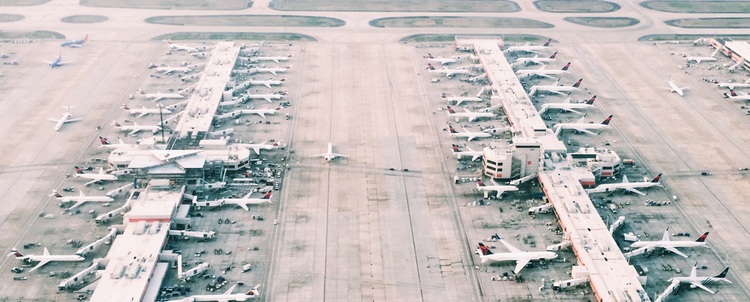Introduction to Aviation Safety Management Software

In November 2006, ICAO mandated that each country require their aviation service providers to adopt a formal safety management system (SMS) that was accepted by each state. ICAO provided an explicit list of the types of operators to which are required to abide by this mandate. They include aviation operators, aviation maintenance organizations, ATS providers and certified aerodromes (airports).
Minimum standards were also listed to satisfy the aviation safety management system regulations. They include a system that:
- Identifies safety hazards
- Ensures that remedial action necessary to maintain an acceptable level of safety is implemented
- Provides for continuous monitoring and regular assessment of the safety level achieved
- Aims to make continuous improvement to the overall level of safety
The Australians and Canadians took the lead and started implementing their aviation safety systems in a very admirable manner. There are many lessons that can be learned from these pioneers in aviation safety systems, and many of these lessons revolve around the tools they incorporated into their safety management systems.
The following describes more about aviation safety management software and provides some insight into whether your company should purchase aviation safety software, build your own, or perhaps use existing tools within the company, such as MS Excel, MS SharePoint, etc.